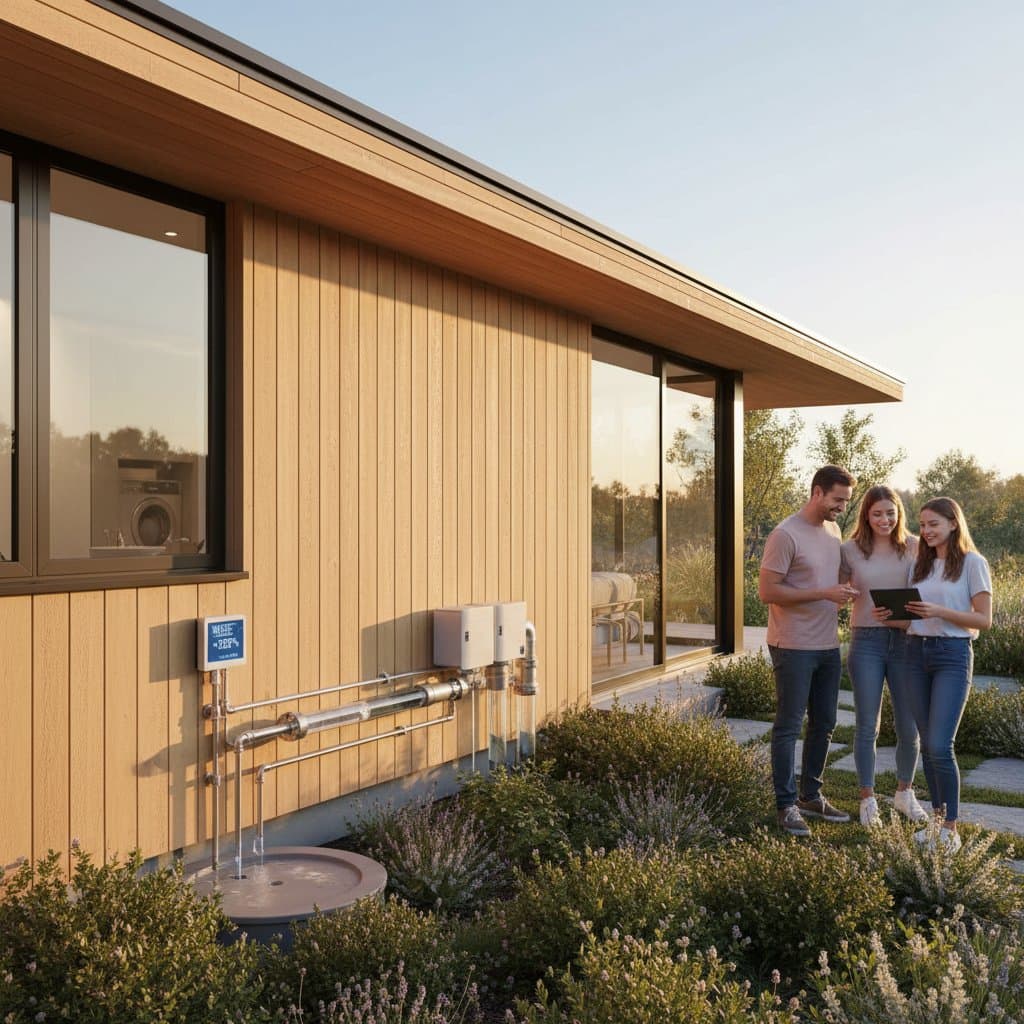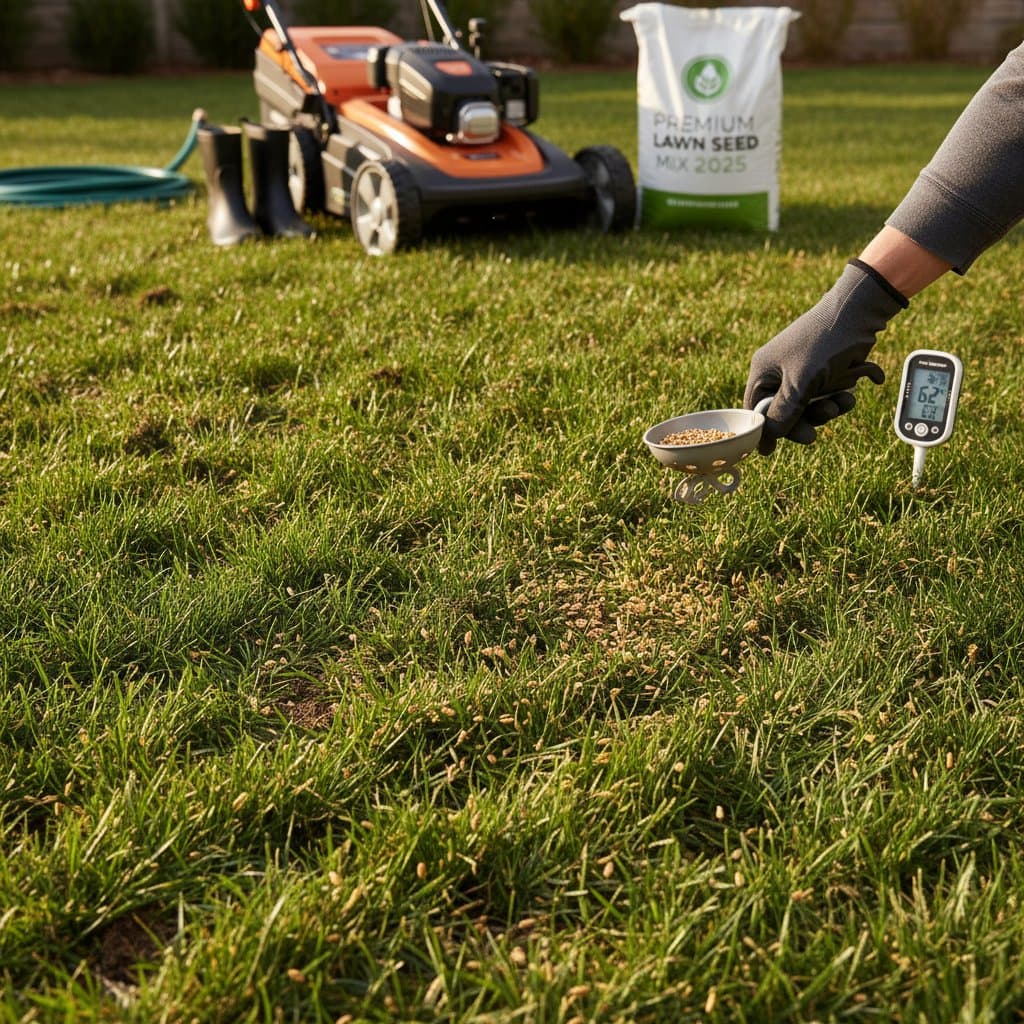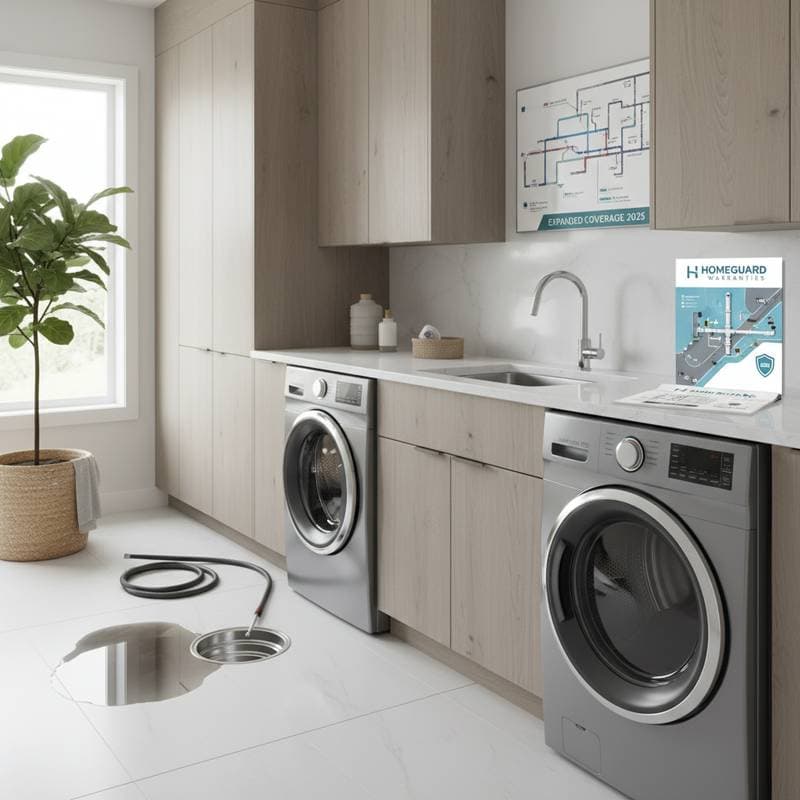The Real Cost of Waterproofing Your Basement in 2025
Waterproofing your basement safeguards your home against moisture damage, structural deterioration, and mold proliferation. For numerous homeowners, this process serves as both a preventive strategy and a substantial investment in property value. The primary difficulty involves comprehending the elements that determine expenses and deciding whether to undertake the task independently or engage specialists.
This guide delineates the variables impacting basement waterproofing costs, contrasts do-it-yourself approaches with professional services, and outlines preparatory steps for your project.
Understanding Basement Waterproofing Costs
Expenses for waterproofing a basement fluctuate considerably based on the system type employed, the area's dimensions, the degree of moisture penetration, and whether operations occur internally or externally to the foundation.
Average Cost Ranges
Interior waterproofing systems typically span $3 to $6 per square foot, contingent upon materials and drainage configurations. Exterior waterproofing systems command higher prices, often $10 to $20 per square foot, owing to excavation requirements, foundation sealing, and site grading. Isolated crack repairs and sealants remain economical at $200 to $800 per repair, yet recurrent patching signals underlying concerns. Comprehensive drainage systems, including French drains or sump pumps, incorporate installation fees of $1,500 to $5,000 alongside equipment costs, delivering enduring safeguards.
| System Type | Average Cost Range (2025 Estimate) | Best For |
|---|---|---|
| Interior Sealants | $500 - $2,000 | Minor dampness |
| Interior Drainage (e.g., French Drain) | $2,000 - $6,000 | Moderate leaks |
| Exterior Excavation and Sealing | $5,000 - $15,000 | Severe water intrusion |
| Sump Pump Installation | $1,000 - $3,000 | Flood-prone areas |
| Full System (Interior + Exterior) | $8,000 - $25,000+ | Comprehensive protection |
DIY Costs
Embarking on waterproofing independently may seem more economical initially. Expenditures encompass sealants and coatings, such as waterproof paints or hydraulic cements priced at $50 to $200 per gallon for addressing minor leaks and damp walls. Tools and materials add $100 to $500, covering brushes, rollers, waterproof membranes, and safety gear. Time investment proves significant; preparation and application for a standard 1,000-square-foot basement demand two to four days.
Although DIY techniques alleviate surface moisture temporarily, they frequently address symptoms rather than root causes like structural cracks or poor drainage. Persistent water entry through floor joints or foundation seams necessitates professional remedies.
Professional Service Costs
Engaging a waterproofing contractor entails labor and expertise fees of $50 to $100 per hour, where teams assess foundations, pinpoint water origins, and devise tailored solutions. Materials and systems, including high-grade membranes, drain tiles, sump pumps, and vapor barriers, contribute $1,000 to $10,000 depending on scope. Additional charges arise from excavation at $5,000 to $12,000, debris disposal, or remediation of affected drywall and flooring.
While initial outlays exceed DIY efforts, professional interventions provide warranties spanning 10 to 25 years, ensuring sustained reliability.
Factors That Affect Pricing
-
Basement size and layout Larger spaces demand greater material quantities and labor duration. Intricate designs with partitioned rooms elevate expenses through added complexity.
-
Level of moisture intrusion Treating slight dampness incurs lower costs than remedying extensive flooding or mold presence, which may require environmental remediation adding $1,000 to $4,000.
-
Foundation type Concrete block foundations, prone to higher absorption, necessitate distinct sealing methods compared to poured concrete or stone variants, potentially increasing costs by 20 to 30 percent.
-
Accessibility Restricted external pathways or entrenched landscaping complicate excavation, inflating labor by up to 50 percent.
-
Season and weather conditions Operations during rainy or frigid periods extend timelines and mandate protective measures, raising overall pricing by 10 to 15 percent.
When DIY Might Cost More Long-Term
Homeowners frequently initiate DIY waterproofing, only to encounter renewed leaks within months. Repeated applications of coatings or crack repairs accumulate expenses exceeding $1,000 annually. If root issues reside external to walls or below the foundation, interior patching fails to halt progression.
Subsequent water damage to flooring, insulation, or wiring escalates repair bills to $5,000 or more, surpassing original professional estimates and risking health hazards from mold exposure.
DIY vs Professional: Making the Right Choice
Selecting between DIY and professional assistance hinges on personal proficiency, time availability, and issue magnitude.
Benefits of DIY
Initial savings apply to minor cracks or damp areas, with costs under $500. Homeowners maintain oversight of material selection. The process fosters essential maintenance knowledge.
Drawbacks of DIY
Outcomes prove fleeting if drainage deficiencies persist. Access to proprietary tools and membranes remains limited. Improper application risks trapping moisture within walls, exacerbating decay.
Benefits of Hiring a Professional
Specialists conduct exhaustive inspections to locate entry points. Advanced systems and tools ensure efficacy. Warranties cover materials and labor for decades. Documented work bolsters resale appeal.
Drawbacks of Hiring a Professional
Upfront investments range higher, from $2,000 to $20,000. Scheduling aligns with contractor availability. Exterior projects disrupt landscapes temporarily.
Skill Level Required for DIY Success
Addressing small cracks or coating applications suits most individuals with basic handyman experience. Installing sump pumps or drain tiles demands plumbing and structural expertise, plus adherence to safety protocols.
Tools and Equipment Needed
Essential items include protective gear, gloves, and respirators; concrete patching implements; masonry brushes and rollers; sealants or waterproof paints. For external endeavors, procure excavation tools and drainage pipes, often rented at $200 daily.
Safety Considerations
Don protective equipment consistently, ensure ventilation, and steer clear of electrical proximity amid moisture. Visible mold or pooled water warrants immediate professional involvement to mitigate health risks.
Time Commitment Comparison
DIY initiatives span weekends or longer, factoring drying intervals. Professional teams complete tasks in one to five days, influenced by methodology and climate.
Your Basement Waterproofing Questions, Answered
Industry experts address frequent inquiries.
What is included in professional waterproofing?
Services encompass inspections, crack sealing, drainage system installations, wall barriers, and sump pump integrations. Select firms manage mold removal and foundation reinforcements.
How do I know if my basement needs waterproofing?
Indicators feature water marks, musty smells, flaking paint, moist floors, or foundation fissures.
Are interior or exterior systems better?
Exterior methods block entry proactively, while interior variants redirect infiltrated water. Combining approaches yields optimal defense.
How much does a sump pump cost to install?
Costs fluctuate from $1,000 to $3,000, comprising pump varieties and labor within broader systems.
Do I need a permit for waterproofing?
Municipalities often mandate approvals for excavations or drainage alterations. Consult local codes prior to commencement.
Can waterproofing increase home value?
Affirmative; a secure basement enhances integrity and usable space, attracting prospective buyers.
How long does waterproofing last?
Superior installations endure 20 to 50 years with upkeep. Routine drainage and pump checks prolong effectiveness.
What red flags should I watch for when hiring a contractor?
Eschew firms providing imprecise bids, absent guarantees, or hasty sales tactics. Insist on comprehensive written proposals.
What maintenance is needed after waterproofing?
Clear gutters quarterly, reroute downspouts from foundations, and test sump pumps biannually. Employ dehumidifiers to regulate humidity below 60 percent.
Can waterproofing stop mold growth?
Moisture elimination curtails mold recurrence. Pre-sealing remediation removes existing colonies safely.
Is basement waterproofing tax deductible?
Generally classified as maintenance, not improvements; verify with tax authorities for regional variances.
Should I waterproof before finishing my basement?
Prioritize waterproofing to avert leaks compromising new drywall, flooring, or insulation.
What if I only see water after heavy rain?
Seasonal leaks denote drainage flaws. Cumulative exposure erodes concrete and amenities over time.
Can I waterproof from inside only?
Viable for mild scenarios, yet exterior treatments offer superior, lasting foundation preservation.
How to Decide: Your Step-by-Step Guide
Step 1: Assess Your Situation
Locate water ingress sites and gauge severity. Examine corners, seams, and wells for patterns.
Step 2: Evaluate Your Skills and Resources
For basic fixes with ample time, DIY suffices. Enduring issues benefit from expert appraisals.
Step 3: Calculate True Costs
Tally materials, rentals, labor equivalents, and rework potentials. Contrast against warranted professional bids.
Step 4: Conduct a Risk Assessment
Weigh failure consequences, such as electrical hazards or asset losses from flooding.
Step 5: Make Your Final Decision
Weigh expenses, uncertainties, and benefits. Professionals often recoup investments via averted damages.
Preparing for Your Basement Waterproofing Project
Research and Information Gathering
Solicit quotes from three to five licensed contractors. Review online portfolios and client testimonials. Study local soil composition and rainfall data to anticipate challenges.
Site Preparation
Clear basement clutter and external vegetation. Seal off living areas with plastic sheeting. Drain standing water using pumps if necessary.
Timeline Considerations
Schedule during dry seasons for efficiency. Allow one week for DIY or two for professionals, including curing periods.
Budgeting Tips
Allocate 10 to 20 percent extra for unforeseen issues. Finance options like home equity loans ease larger expenditures. Track invoices for warranty claims.
Sustaining Basement Protection Over Time
Post-installation vigilance preserves your investment. Inspect seals annually for cracks. Maintain exterior grading to slope water away by at least five percent over 10 feet. Integrate smart humidity monitors for alerts. These practices minimize repairs and extend system longevity, securing your home's foundation for generations.





